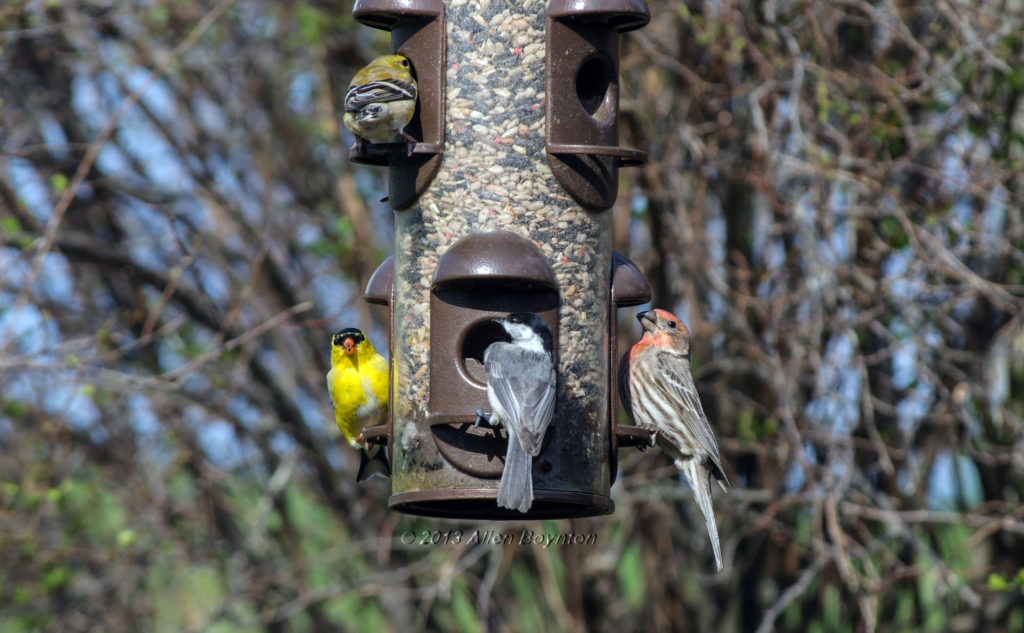
Although searching for rare birds and confirming your ID speculations is not a birding essential, it can be a very rewarding element of bird watching.
Whether you’re about to head on your first birding attempt or you have hundreds of birds on your life list, you’ll need help with identification at least from time to time.
What resource you use as aid will depend on your needs. Are you trying to name the species in your photo? Do you want to know if the bird you’re spotting is a rare bird for your location? Are you trying to figure out how you can find a particular bird—and how you will know it’s the one when you find it?
Once you become familiar with these resources, you’ll know which one to use in a given ID conundrums, and you’ll be confident in all-things identifying.
This is a great resource that takes you through a series of questions–like how big was the bird, where and when did you see the bird, and what colors was it sporting–all of which help you narrow down the species. If you’re studying a bird in real-time or in a photo and you can pick out some features, this should be your go-to.
Merlin Bird ID considers where you are and what time of year it is to assemble a list of potential species. Search results include photos and audio clips of songs to help you confidently identify. You can access all this assistance using their user-friendly app.
Like many song-naming features and apps, BirdNET listens to your surroundings and out zeros in on the most prominent bird sound. You simply open the app, let it listen, then highlight a section of the audio. Click “analyze,” and BirdNET will give you its best guess on the species with it’s level of certainty (uncertain to almost certain).
This app is a must-have for those hoping to improve their ID skills or for any tricky bird sounds you can’t put your finger on. Use it with Merlin Bird ID for the most accurate identifications.
A few things to keep in mind: this app is only available for Android at this time (2020). Also, when listening to mimics (Mockingbirds, Brown Thrashers, and Catbirds), BirdNET tends to list the original species that the bird is mimicking, not the mimic itself.
This is your resource if you want to figure out when and where you can find a particular bird species or if you want to report your sightings to a global database. EBird is based on citizen science data, so it’s not only a contribution space for what you spot, but it’s also a library of millions of other sightings.
You can use eBird to answer questions like “when can I expect the Ruby-Throated Hummingbirds to come back to my feeders here in Raleigh?” and “are Hooded Warblers common in North Carolina?” and even “where have Belted Kingfishers been spotted in high frequency recently?” Simply search a desired species, and you can find hot spot maps, recent sightings in your region, and more.
Documented sightings become part of the growing global database used to track migratory patterns and behaviors of birds. Use your findings from Merlin Bird ID to document your sightings into eBird and add to the worldwide collection.
This is a resource where you can learn…all about birds! If you search a species, you can look at photos, listen to songs, see where it winters and migrates, check what habitat it lives in, and learn some interesting species facts.
Perhaps the handiest tool All About Birds possesses is its comparison feature. You can check out side-by-side comparisons of your bird to similar species, where you can learn what key features distinguish your bird from its lookalikes.
Between eBird and All About Birds, you can find any basic locating and ID information about your bird of interest.
This resource is packed with anything you need to know about NC birds. It’s the only aid of the five that’s not a part of Cornell University, and it’s tailored for North Carolina.
If you’re native to the state, Birds of North Carolina can give you information on specific species and offer tips on how to find them. It even breaks down frequency of bird sightings by county so you can narrow down exactly where you can find a bird and what your chances are of spotting it.
If you use Birds of North Carolina along with eBird’s hotspot map, you’ll greatly increase your odds of finding a specific bird species.
There are many other resources that can help you with all your finding and identification needs, but with this list as your starting point, you’re on your way to solving any tricky identification or locating problem.
However, if you know of any that we didn’t cover in this list, feel free to let us know! We’d love to provide even more aid to help you make the most out of bird watching.